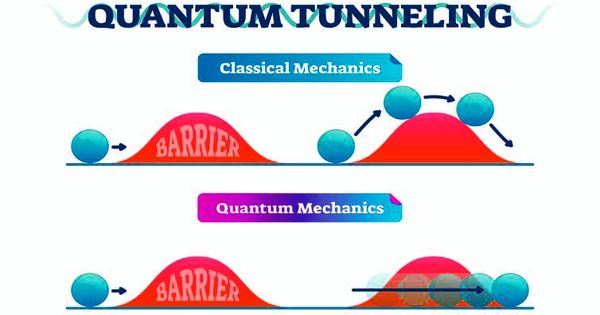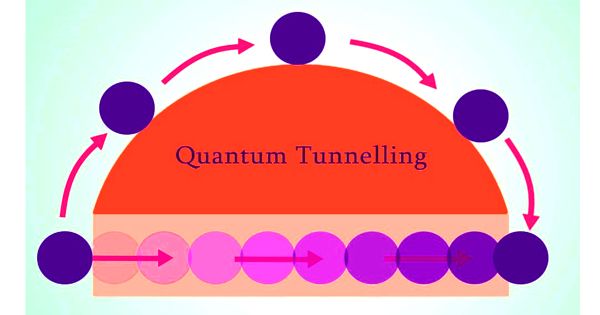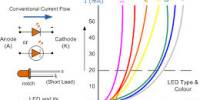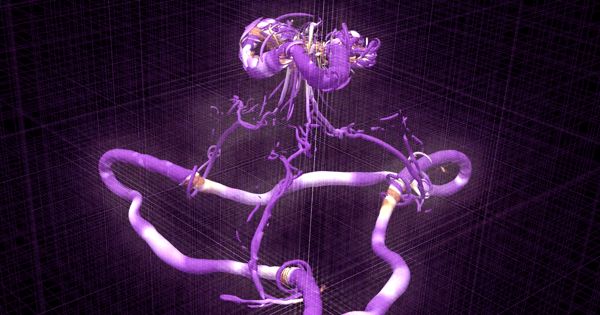Tunneling is a quantum mechanical effect. A tunneling current occurs when electrons move through a barrier that they classically shouldn’t be able to move through. Quantum tunnelling or tunneling (US) is the quantum mechanical phenomenon where a wavefunction can propagate through a potential barrier. A quantum mechanical effect in which particles have a finite probability of crossing an energy barrier, such as the energy needed to break a bond with another particle, even though the particle’s energy is less than the energy barrier.
Quantum tunneling is a new experiment that tracks the transit time of particles burrowing through barriers, revealing previously unknown details of a deeply counterintuitive phenomenon.
Quantum tunneling has no counterpart in classical mechanics, in which a particle can never cross an energy barrier with a higher energy level than the particle has. The transmission through the barrier can be finite and depends exponentially on the barrier height and barrier width. The wavefunction may disappear on one side and reappear on the other side. The wavefunction and its first derivative are continuous. In a steady-state, the probability flux in the forward direction is spatially uniform. No particle or wave is lost. Tunneling occurs with barriers of thickness around 1–3 nm and smaller.
Some authors also identify the mere penetration of the wavefunction into the barrier, without transmission on the other side as a tunneling effect. Quantum tunneling is not predicted by the laws of classical mechanics where surmounting a potential barrier requires potential energy.

Quantum tunneling plays an essential role in physical phenomena, such as nuclear fusion. It has applications in the tunnel diode, quantum computing, and scanning tunneling microscope. The emission of alpha rays in radioactive decay is a case of quantum tunneling; though the alpha particles are strongly bound to the nucleus and don’t have as much energy as the bond does, they still have a finite probability of escaping the nucleus. Imagine releasing a quantum mechanical particle, like an electron or proton, into space on one side of a potential energy hill.
The effect was predicted in the early 20th century. Its acceptance as a general physical phenomenon came mid-century. Physicists have known about quantum tunneling since the late 1920s. Today the phenomenon is at the heart of devices such as tunneling diodes, scanning tunneling microscopes, and superconducting qubits for quantum computing.
“Quantum tunneling” shows how profoundly particles such as electrons differ from bigger things. Quantum tunneling is projected to create physical limits to the size of the transistors used in microelectronics, due to electrons being able to tunnel past transistors that are too small.
Information Source:















